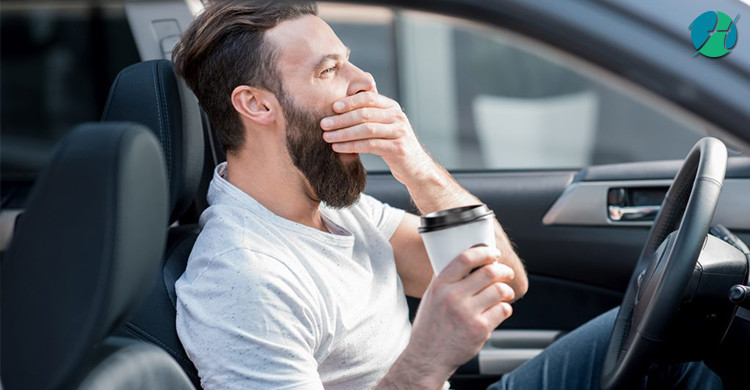Why Do Accidents Increase During Daylight-Saving Time?

Clocks “fall back” and “spring forward” twice each year, but there’s strong evidence that borrowing an hour of daylight from the early morning to theoretically save energy actually causes a significant uptick in car accidents. Find out why car crashes happen more often during daylight-saving time, and how you can use this information to protect yourself.
Daylight Saving Time and Accidents: A Science-Backed Connection
When Johns Hopkins researchers set out in 2015 to determine whether there was a correlation between daylight saving time and an increase in fatal car accidents, they discovered it wasn’t the Sunday when it begins which presents the increased risk, but the following Monday when accidents increased in frequency. Canadian researchers a decade earlier also found an average increase of about eight percent in the first days after daylight saving time begins, and a British report from 1980 also support the observation.
There’s a plethora of scientific evidence backing the assertions of these researchers, but why do more accidents occur during daylight saving time? It may all be attributable to sleep deprivation.
The Role of Sleep Deprivation in Accidents During Daylight Saving Time
Losing a single hour of sleep may not sound like a significant enough loss to cause problems with everyday tasks like driving, but even small sleep disruptions can play havoc with humans’ reaction time, overall health and concentration. There’s no lack of scientific studies documenting the very real and serious consequences of sleep deprivation, even on a small scale. And, the evidence is further borne out in the statistics related to a lost hour of sleep due to daylight saving time and an almost immediate spike in traffic accidents during the average commute on Monday.
This can be particularly true for drivers who are already operating on a sleep deficit that is exacerbated by what effectively amounts to a time-zone shift each year. The first Monday of daylight saving time sees not only commuters who are operating on one less hour of sleep, but also navigating a landscape with less ambient light than they may be accustomed to, as well. Drivers are more fatigued, in slightly different driving conditions and still trying to adjust to a time change; considering all these factors, it’s easy to see how accidents become more likely during daylight saving time.
Dealing with Car Accidents and Their Repercussions
Statistics and scientific research are interesting and informative, but they’re cold comfort to people who find themselves in the position of recovering from injuries as a result of accidents.
Making sure to get plenty of sleep in the days leading up to a time change can help to ensure your reflexes and reaction times are at their best during your morning commute, but how can you help to mitigate the effects of an accident that has already occurred? Working with a chiropractor after accidents, no matter why they happen, can speed recovery times, restore your range of motion and address spinal subluxations and misalignments with the potential to interfere with the entire nervous system, all without prescriptions or invasive medical procedures.

